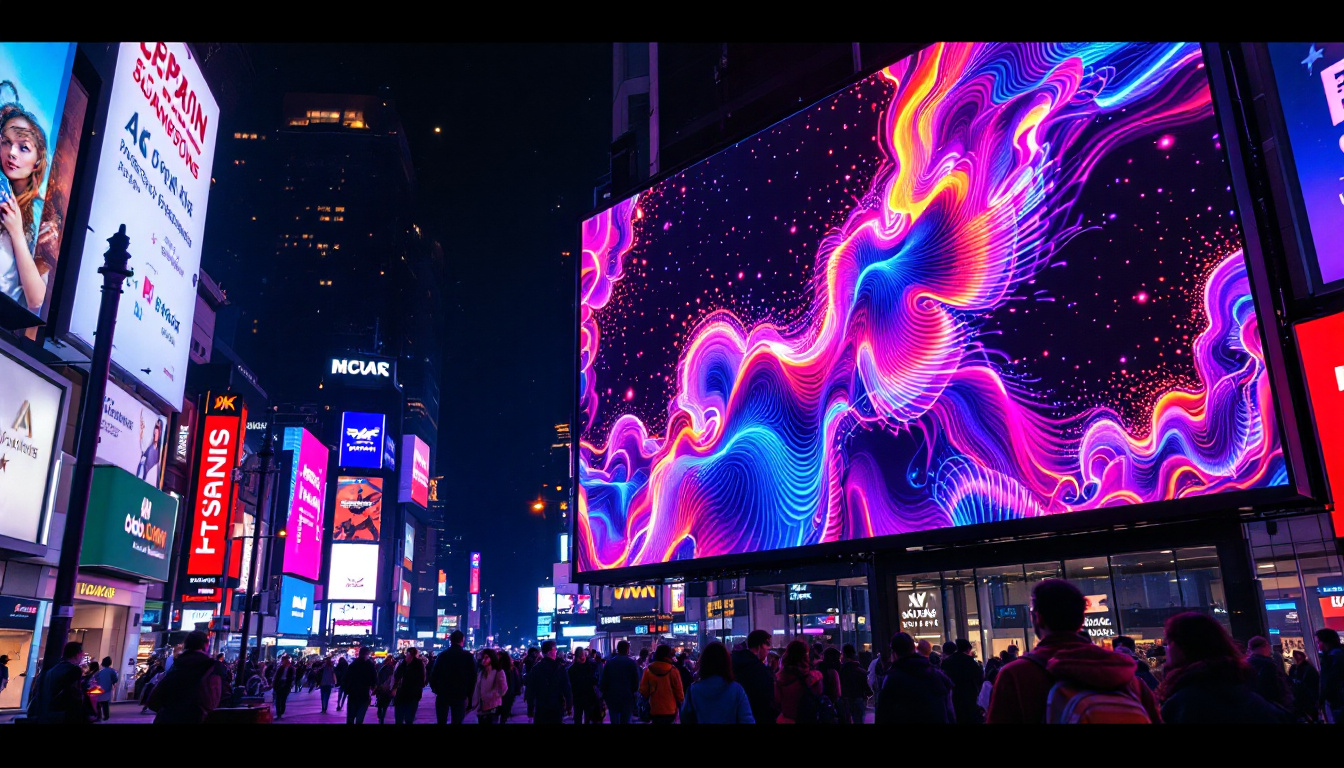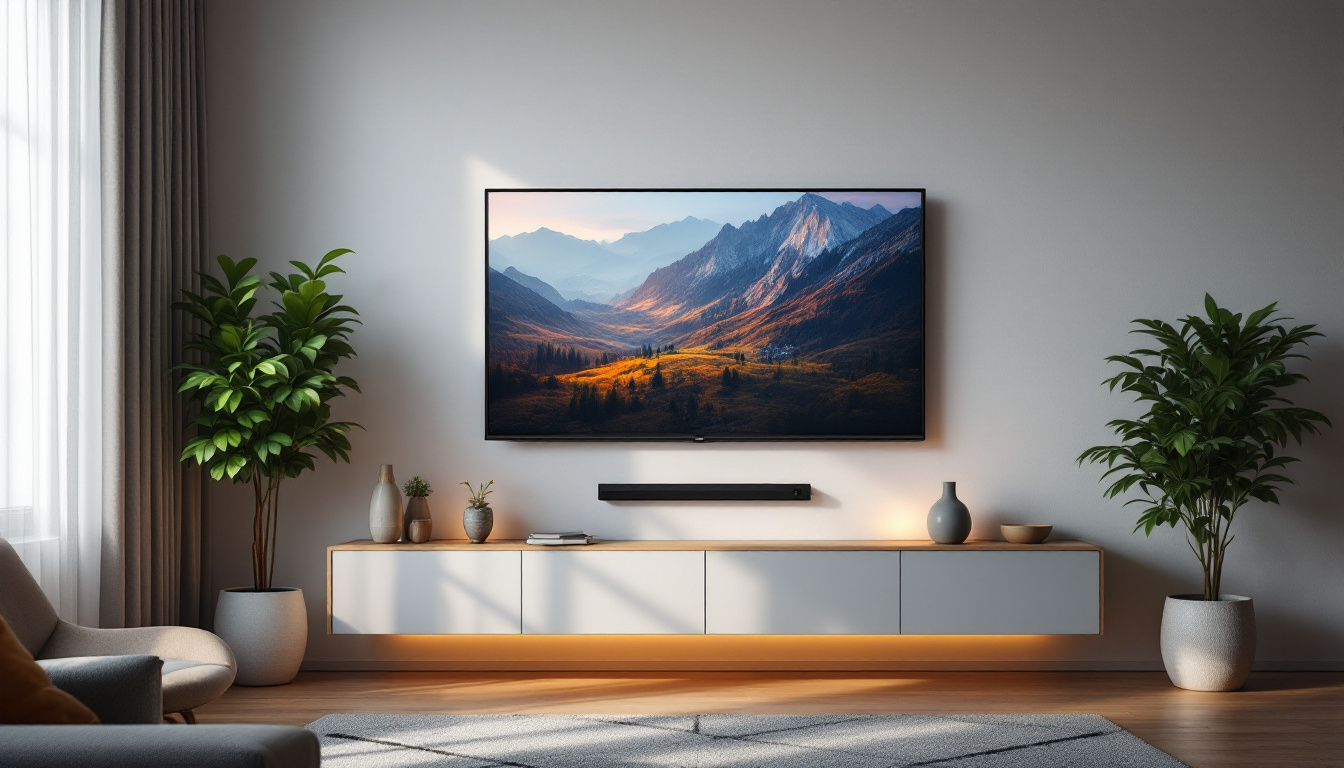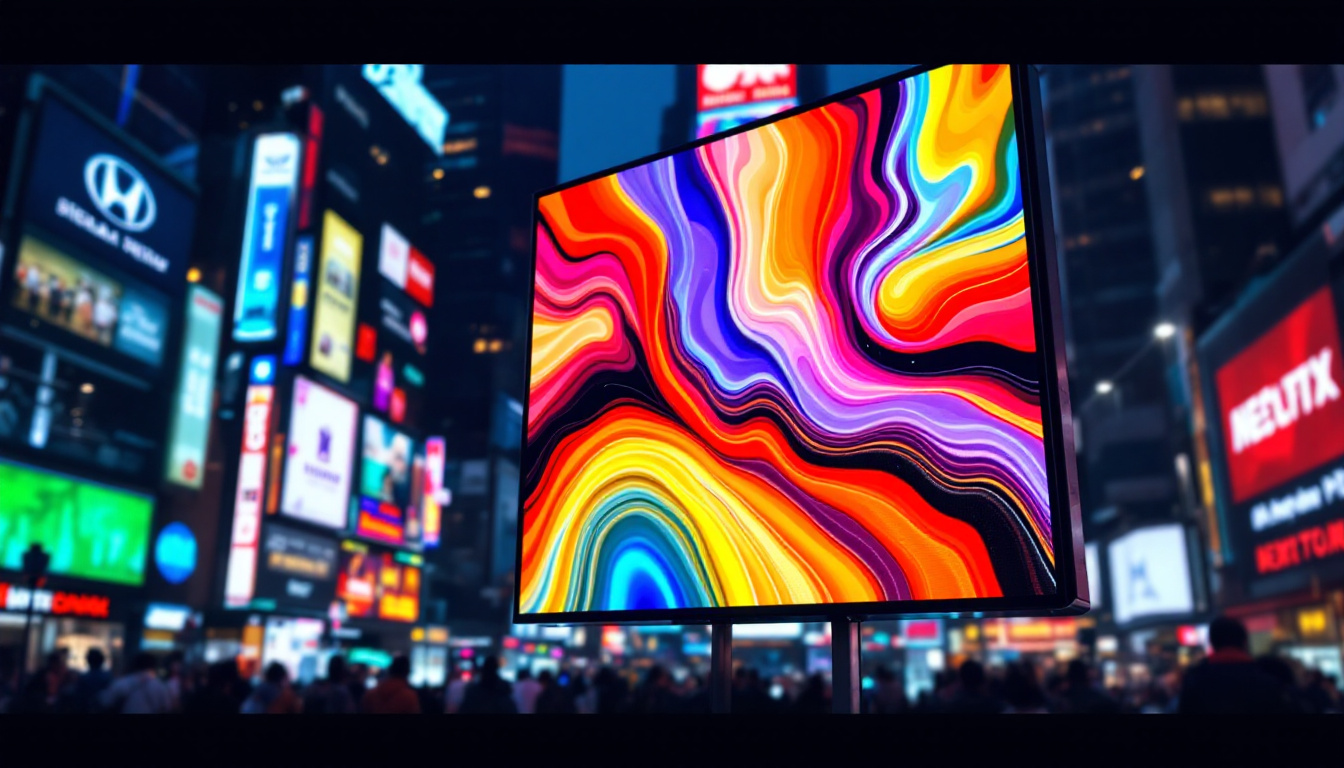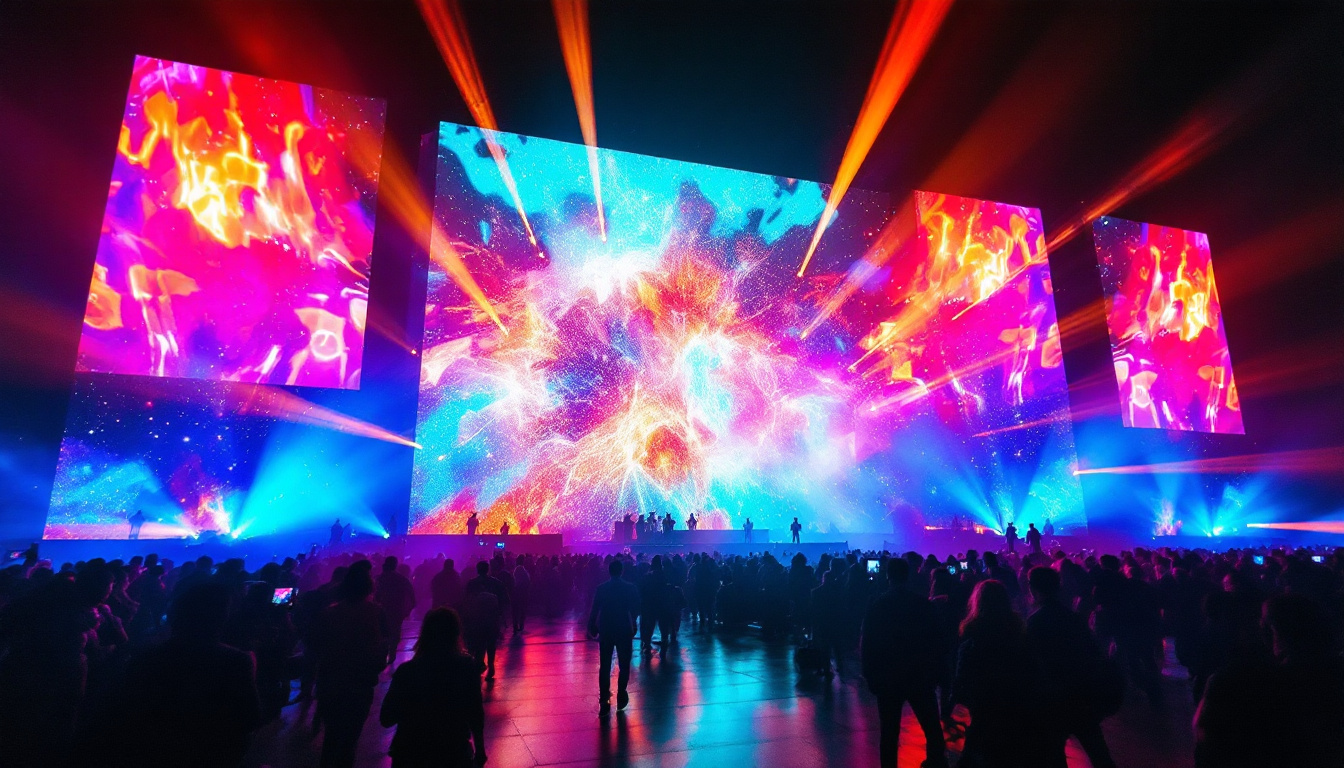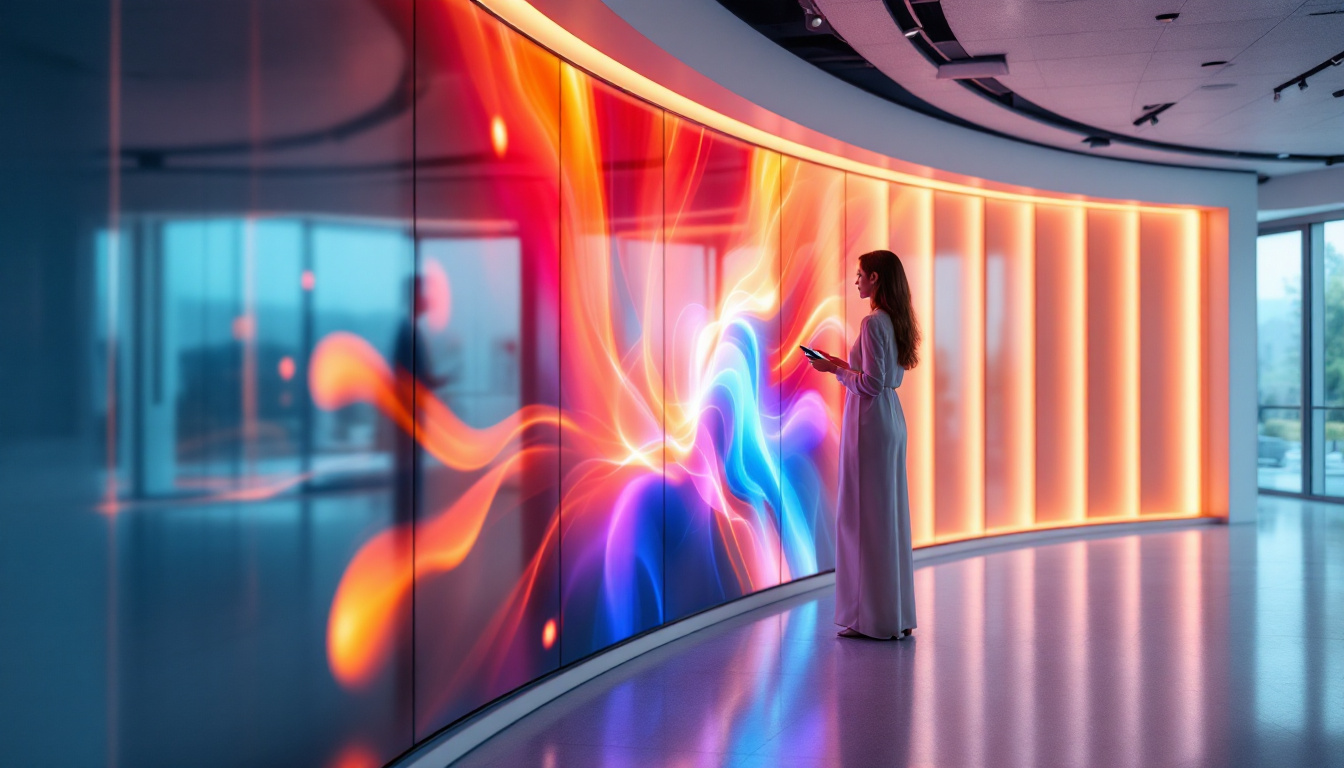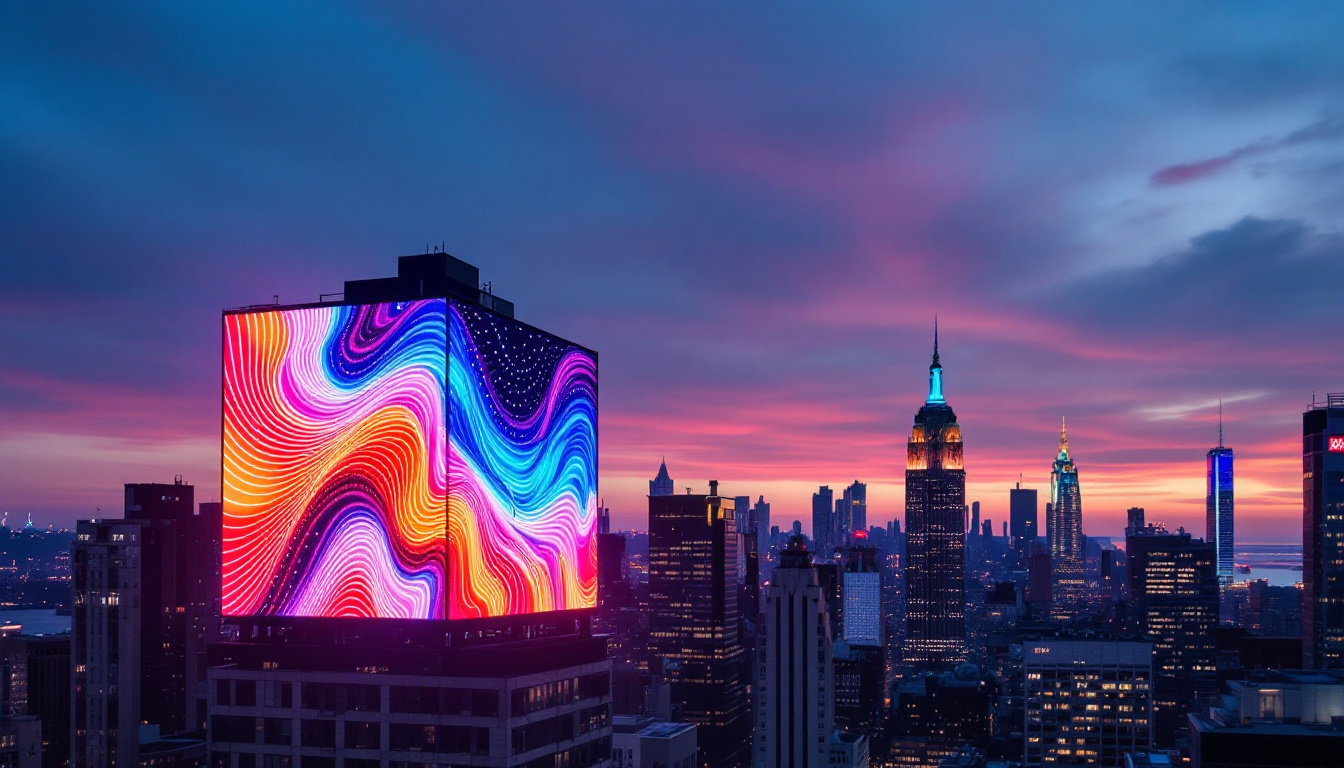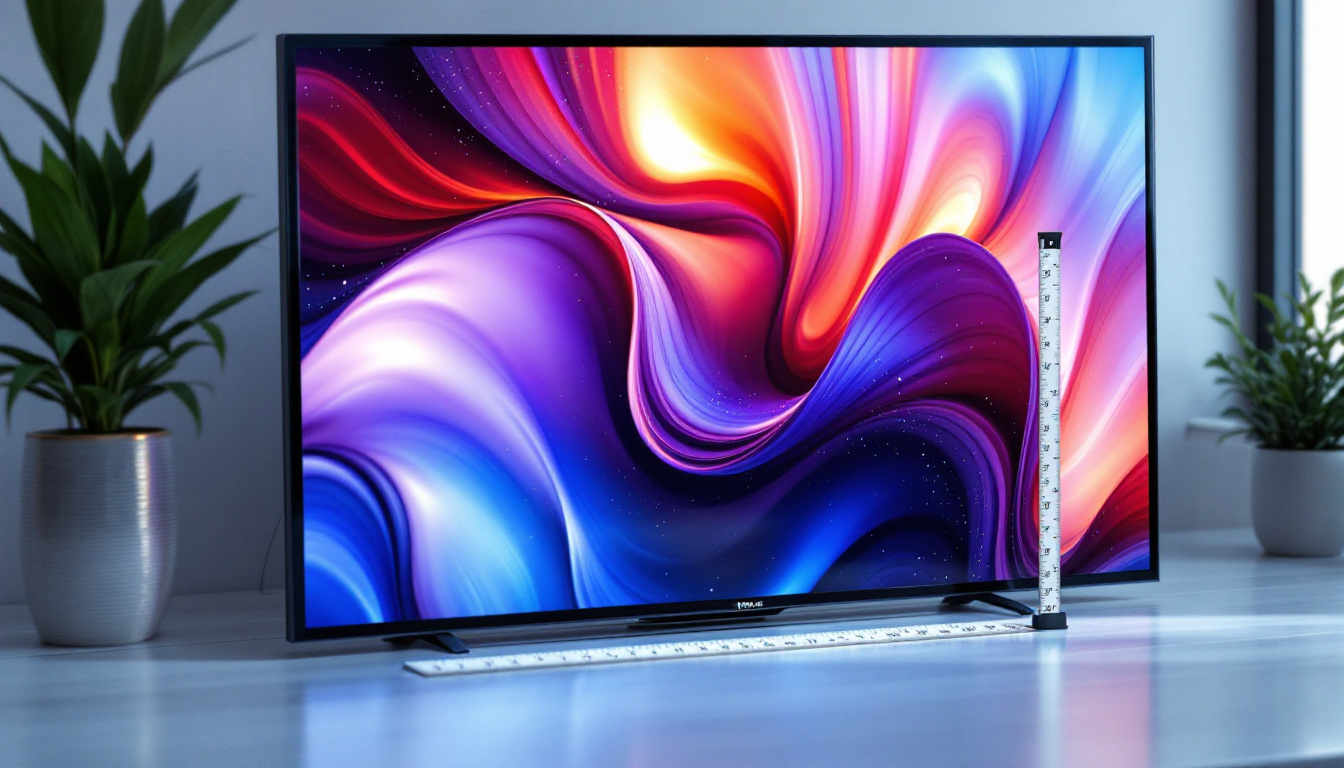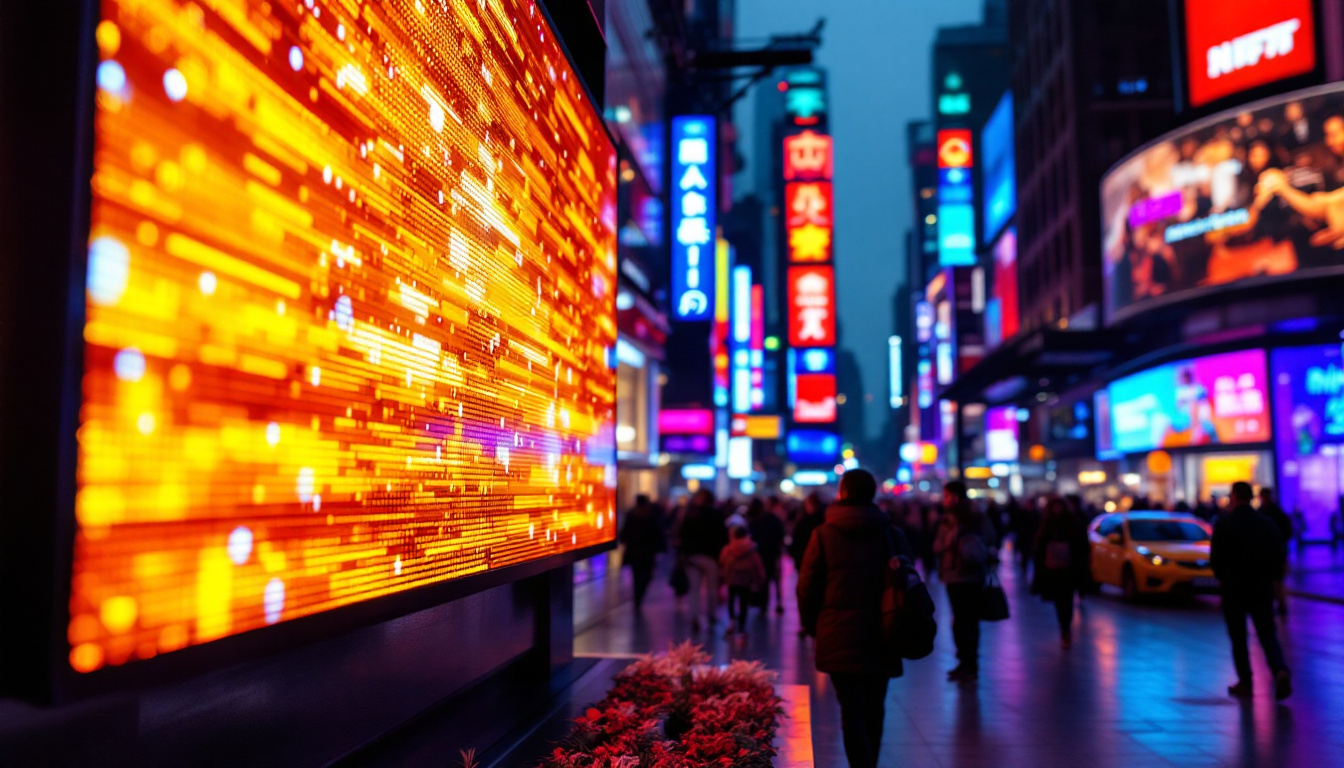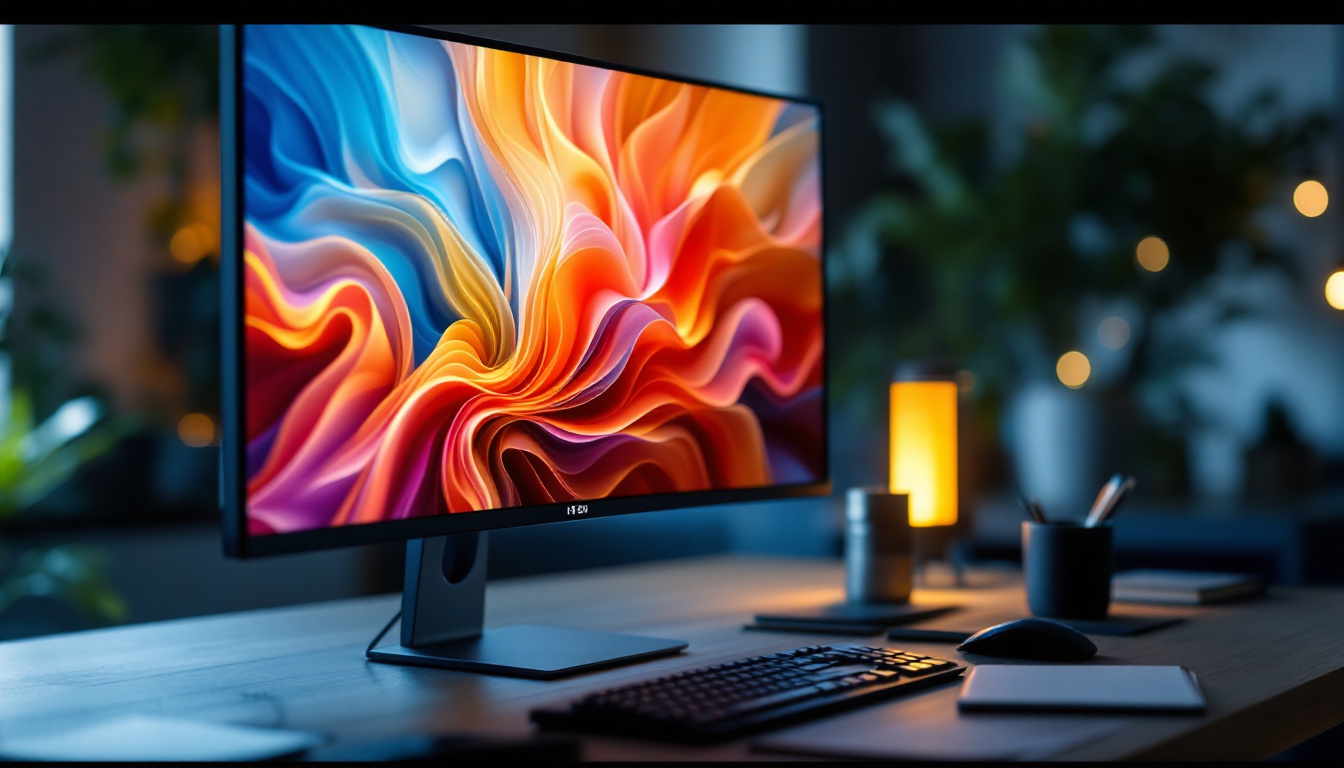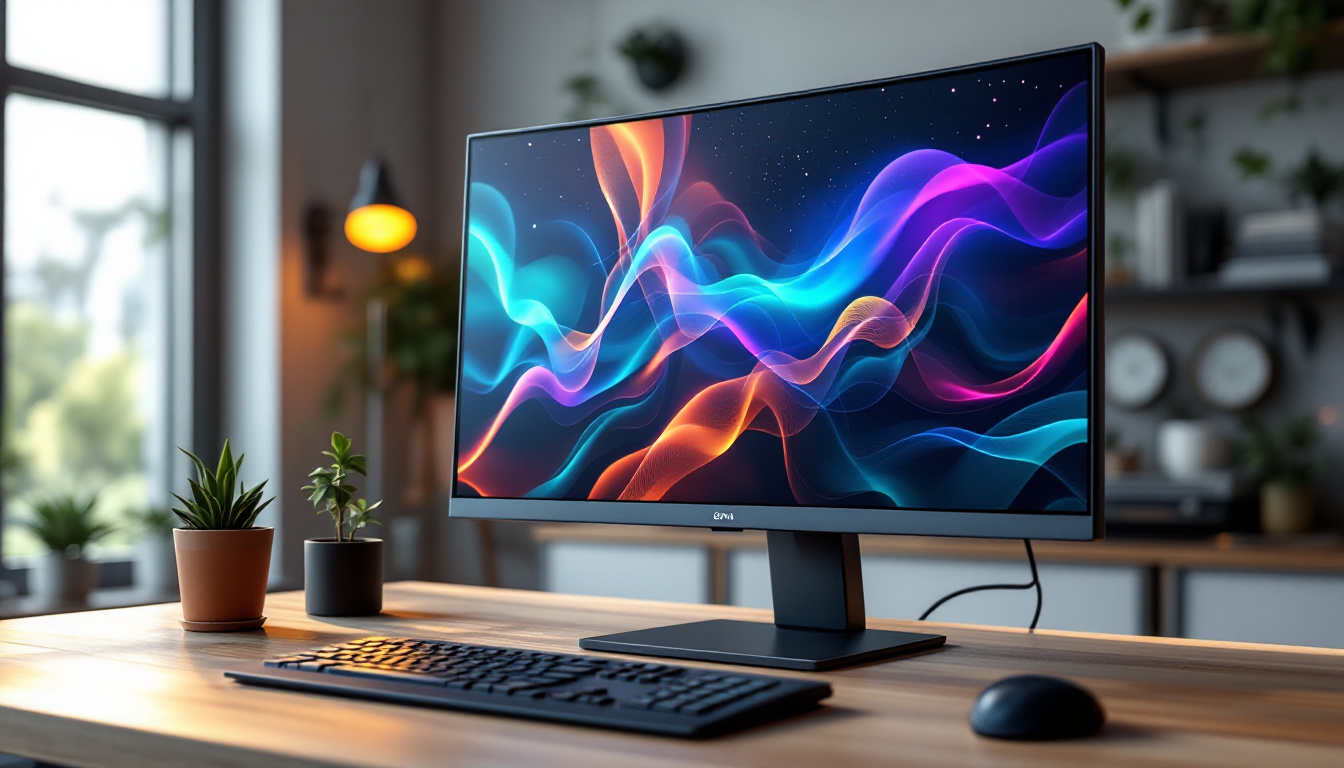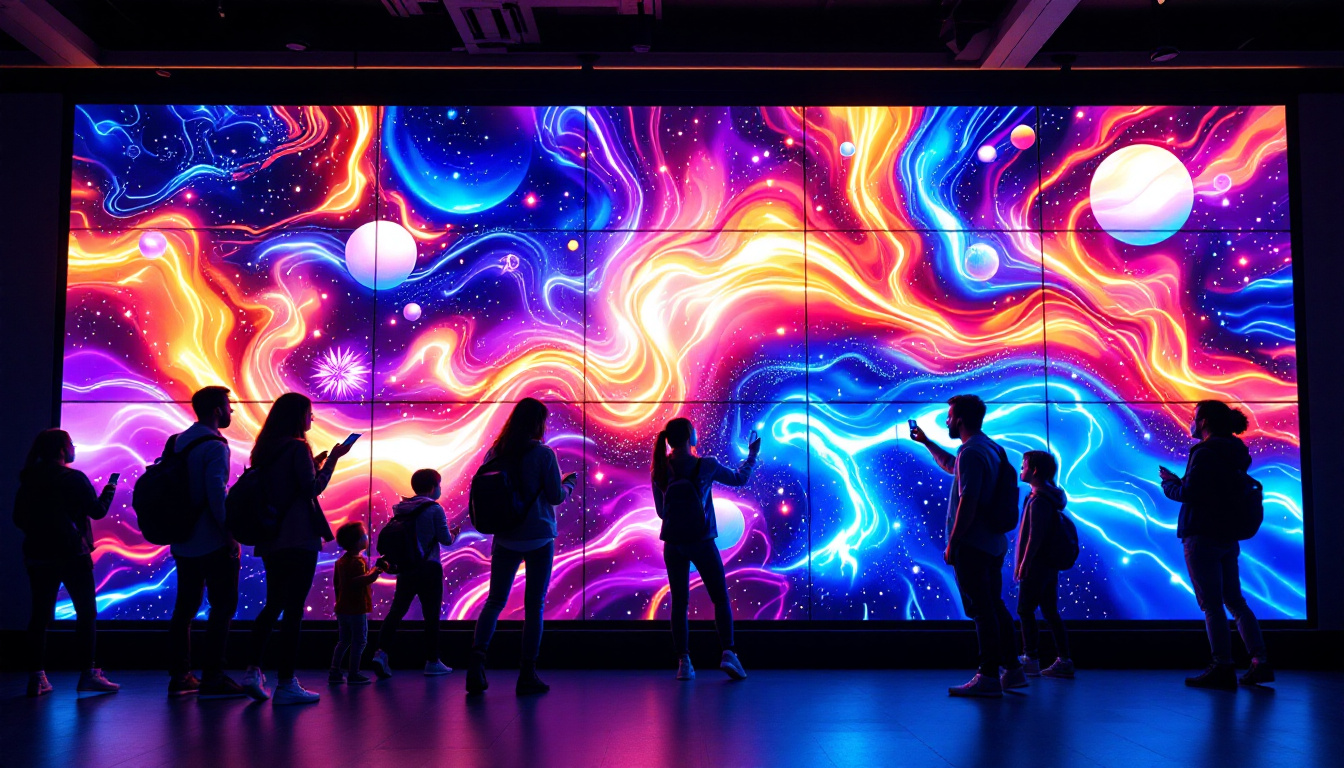In the realm of modern visual technology, video walls have emerged as a powerful tool for communication, advertising, and entertainment. These large-scale displays, often composed of multiple screens, create an immersive experience that captivates audiences. However, the effectiveness of a video wall is heavily reliant on the quality of its controller. This article delves into the best video wall controllers available today, exploring their features, benefits, and how they enhance LED displays.
Understanding Video Wall Controllers
A video wall controller is a device that manages the input and output of video signals to a video wall setup. It ensures that the content displayed is seamless and synchronized across all screens. The controller acts as the brain of the operation, processing various signals and distributing them to the appropriate displays. This technology is pivotal in environments where visual impact is crucial, such as in control rooms, retail spaces, and event venues, where the quality and clarity of the displayed content can significantly influence audience engagement.
Key Functions of Video Wall Controllers
Video wall controllers perform several critical functions that are essential for the optimal performance of a video wall. These include:
- Signal Processing: The controller processes incoming video signals from various sources, such as computers, cameras, or media players, ensuring that they are displayed correctly on the video wall. This processing often involves converting different formats and resolutions to ensure compatibility across all screens.
- Content Management: It allows users to manage and schedule content, enabling dynamic displays that can change based on time, event, or audience engagement. This feature is particularly useful for advertising, where targeted messages can be displayed at specific times to capture the attention of potential customers.
- Scaling and Cropping: The controller can scale and crop images and videos to fit the dimensions of the video wall, ensuring that no part of the content is lost or distorted. This capability is essential in maintaining the visual integrity of the presentation, especially when dealing with high-definition content.
Types of Video Wall Controllers
There are several types of video wall controllers, each suited for different applications and environments. Understanding these types can help in selecting the right controller for specific needs:
- Hardware Controllers: These are dedicated devices designed specifically for video wall management. They offer high performance and reliability, making them ideal for large installations. Often equipped with powerful processors and multiple input/output ports, hardware controllers can handle extensive video feeds without compromising on quality.
- Software Controllers: These solutions run on standard computers and use software to manage video walls. They are often more flexible and cost-effective but may require more technical expertise. Users can customize settings and integrate various software tools to enhance functionality, making them suitable for creative applications.
- Cloud-Based Controllers: With the rise of cloud technology, some video wall controllers now operate in the cloud. This allows for remote management and access to content from anywhere, providing greater convenience. Users can update content in real-time and collaborate with teams across different locations, which is particularly beneficial for businesses with multiple branches or those that host live events.
In addition to these primary functions, video wall controllers also support advanced features such as real-time data integration, allowing businesses to display live feeds from social media, stock markets, or news outlets directly onto their video walls. This capability enhances the interactivity of the displays, making them more engaging for viewers. Furthermore, many modern controllers come equipped with user-friendly interfaces that simplify the operation, enabling even those with minimal technical knowledge to manage complex video wall setups effectively.
As technology continues to evolve, video wall controllers are also integrating artificial intelligence and machine learning capabilities. These advancements allow for smarter content recommendations based on audience behavior and preferences, optimizing the viewing experience. For instance, a retail store could use AI-driven analytics to determine which products attract the most attention and adjust the displayed content accordingly, thereby maximizing sales opportunities. This intersection of technology and marketing is transforming how businesses utilize video walls, making them an indispensable tool in modern communication strategies.
Features to Look for in a Video Wall Controller
When selecting a video wall controller, several features should be considered to ensure optimal performance and usability. These features can significantly impact the quality of the visual display and the ease of operation.
Resolution Support
One of the most crucial features of a video wall controller is its resolution support. High-definition displays require controllers that can handle 4K or even 8K resolutions. A controller with robust resolution capabilities ensures that the content is displayed with clarity and detail, enhancing the overall viewer experience.
Input and Output Options
The variety of input and output options available on a video wall controller is another important consideration. A good controller should support multiple input sources, such as HDMI, DisplayPort, and SDI, allowing for flexibility in content sourcing. Additionally, it should be able to output to various display types, accommodating different video wall configurations.
User Interface and Control
The user interface of a video wall controller plays a significant role in its usability. An intuitive interface allows operators to manage content easily and efficiently. Look for controllers that offer both hardware-based control options, such as buttons and knobs, as well as software interfaces that can be accessed via tablets or computers.
Top Video Wall Controllers in the Market
Several video wall controllers stand out in the market due to their advanced features and reliability. Here are some of the best options available:
1. Datapath VSN Series
The Datapath VSN series is renowned for its high-performance video wall controllers that support up to 64 displays. With impressive resolution capabilities and a user-friendly interface, the VSN series is ideal for large installations, such as control rooms and broadcast studios. Its ability to manage multiple input sources simultaneously makes it a favorite among professionals.
2. Matrox C-Series
Matrox offers a range of video wall controllers that are particularly well-suited for digital signage applications. The C-Series supports 4K resolutions and features advanced scaling capabilities. Its flexible configuration options allow users to create unique video wall layouts, making it a versatile choice for various environments.
3. Barco XMS
Barco’s XMS is a cloud-based video wall controller that provides remote management capabilities. This innovative solution allows users to control their video walls from anywhere, making it an excellent option for organizations with multiple locations. The XMS also offers advanced content management features, enabling dynamic and engaging displays.
Benefits of Using a High-Quality Video Wall Controller
Investing in a high-quality video wall controller can yield numerous benefits, enhancing both the functionality of the video wall and the overall viewer experience.
Enhanced Visual Experience
A top-notch video wall controller ensures that the content displayed is of the highest quality. By supporting high resolutions and providing seamless scaling, these controllers enhance the visual experience for viewers, making presentations, advertisements, and events more engaging.
Increased Flexibility
High-quality controllers offer greater flexibility in content management. Users can easily switch between different input sources, schedule content changes, and create customized layouts. This flexibility is particularly beneficial for businesses that need to adapt their displays for various events or campaigns.
Improved Reliability
Investing in a reputable video wall controller often means better reliability and support. High-quality controllers are designed to withstand the demands of continuous operation, reducing the risk of downtime. Additionally, manufacturers of these controllers typically offer robust customer support, ensuring that any issues can be resolved quickly.
Installation and Setup Considerations
Proper installation and setup of a video wall controller are crucial for achieving optimal performance. Several factors should be taken into account during this process.
Compatibility with Displays
Before installation, it is essential to ensure that the video wall controller is compatible with the LED displays being used. This includes checking resolution support, input/output options, and any specific requirements for the display technology. Compatibility issues can lead to subpar performance and visual quality.
Network Configuration
For cloud-based or networked video wall controllers, proper network configuration is vital. Ensuring a stable and fast network connection will facilitate smooth content delivery and remote management capabilities. It is advisable to conduct network tests before finalizing the installation to avoid potential issues.
Testing and Calibration
Once the installation is complete, thorough testing and calibration of the video wall setup are necessary. This includes checking for color accuracy, brightness levels, and synchronization across displays. A well-calibrated video wall will provide a more immersive and engaging experience for viewers.
Future Trends in Video Wall Technology
The video wall industry is continually evolving, with new technologies and trends emerging regularly. Keeping an eye on these trends can help businesses stay ahead of the curve and make informed decisions regarding their video wall setups.
Integration with AI and Machine Learning
As artificial intelligence and machine learning technologies advance, their integration into video wall systems is becoming more prevalent. These technologies can enhance content management, allowing for personalized displays based on audience behavior and preferences. This level of customization can significantly improve engagement and effectiveness.
Increased Use of 3D Displays
3D displays are gaining traction in the video wall market, providing a more immersive experience for viewers. As the technology becomes more accessible and affordable, it is likely that more businesses will incorporate 3D elements into their video wall presentations, enhancing the overall impact of their displays.
Focus on Sustainability
With growing awareness of environmental issues, there is an increasing focus on sustainability within the video wall industry. Manufacturers are developing energy-efficient controllers and displays that reduce power consumption and minimize environmental impact. This trend is likely to continue, with businesses seeking eco-friendly solutions for their visual communication needs.
Conclusion
Choosing the best video wall controller is essential for maximizing the potential of LED displays. By understanding the functions, features, and benefits of various controllers, businesses can make informed decisions that enhance their visual communication strategies. As technology continues to evolve, staying updated on the latest trends will ensure that organizations remain competitive and effective in their messaging.
Ultimately, a well-selected video wall controller not only elevates the quality of visual displays but also contributes to a more engaging and interactive experience for audiences. Whether for advertising, corporate communication, or entertainment, investing in the right technology is crucial for success in today’s visually-driven world.
Discover LumenMatrix’s Advanced LED Display Solutions
Ready to take your visual communication to the next level? Explore LumenMatrix’s comprehensive range of LED display solutions, designed to meet the diverse needs of any business. From Indoor and Outdoor LED Wall Displays to innovative options like Vehicle LED Displays and LED Transparent Displays, LumenMatrix is at the forefront of creating immersive and dynamic visual experiences. Elevate your brand visibility and captivate your audience with our cutting-edge technology. Check out LumenMatrix LED Display Solutions today and see how we can help you make a powerful impact with clarity and precision.







